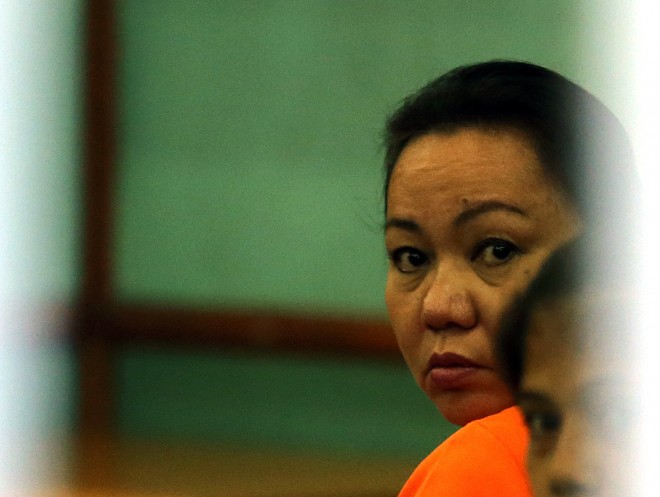
The Philippine Nuclear Research Institute (PNRI)’s new laboratory was set up in 2012 to produce radiopharmaceuticals used in image scanning and other medical diagnostic tests.
It completed its test runs by December 2013 and received its license to operate in February 2014 but by that time, the TRC—whose role was to market the products to hospitals and diagnostic clinics—was embroiled in the controversy over the reported diversion of the pork barrel of legislators to fake nongovernment organizations (NGOs).
Several TRC officers were linked to alleged scam mastermind Janet Napoles and several lawmakers and government officials. This led to proposals in the House of Representatives to abolish the TRC.
“The full implementation of the project hit a snag because of the impending abolition of the TRC which has a critical role in the commercialization of the project,” the Commission on Audit (COA) said in its 2014 audit report on the PNRI.
“There is a strong possibility the technology may be wasted in the absence of a back-up plan on the part of the [PNRI], in case of failure on the part of the TRC,” the audit agency added.
As PNRI’s commercial partner, TRC was supposed to provide the P5-million seed capital for the production and distribution of Molybdenum-99 (Mo-99)/ Technetium-99m (Tc-99m) as well as oversee the marketing and business aspect of the project.
Cut diagnostic costs
The local generation of these radiopharmaceuticals would cut the cost of several expensive medical diagnostic tests such as the imaging and scanning of internal organs like the brain, lungs, kidneys, liver, thyroid and bones.
The COA noted that by March 2014, there was a proposal in the House of Representatives to abolish the TRC.
“As of this writing, the agreement with TRC is facing the risk of not pushing through at all, the likelihood of which is high, owing to the unexpected turn of events that saw the indictment of two of TRC’s senior officials before the Sandiganbayan, the agency head and the accountant, in June 2014,” COA said.
The TRC was one of three state agencies that were allegedly used to channel millions of pesos from the Priority Development Assistance Fund or pork barrel of legislators to ghost livelihood projects of fake NGOs put up by Napoles.
Six TRC officials led by former Director General Antonio Ortiz and Director General (on leave) Dennis
Cunanan were among those charged with graft in the Sandiganbayan.
The COA said the PNRI project leader reported that the “seed money of P5 million intended for the project is still intact with the TRC but the amount could no longer be released to PNRI due to the circumstances mentioned.”
COA said the PNRI cannot handle the commercial aspect of its project since that was not within its mandated function.
The first of its kind in the country, PNRI’s Mo-99/Tc-99m generator production facility was funded by the Department of Science and Technology (DOST) with assistance from the International Atomic Energy Agency.
The country’s 35 hospitals with nuclear medicine centers have to import Tc-99m at a high price, making medical procedures costly.
With the PNRI laboratory, Filipino nuclear scientists could supply the ever-increasing demand of hospitals for Tc-99m at possibly half the price. PNRI Director Alumanda de la Rosa has said that they would make the radiopharmaceuticals available to government hospitals at a subsidized cost for charity patients.
Both PNRI and TRC are under the DOST.